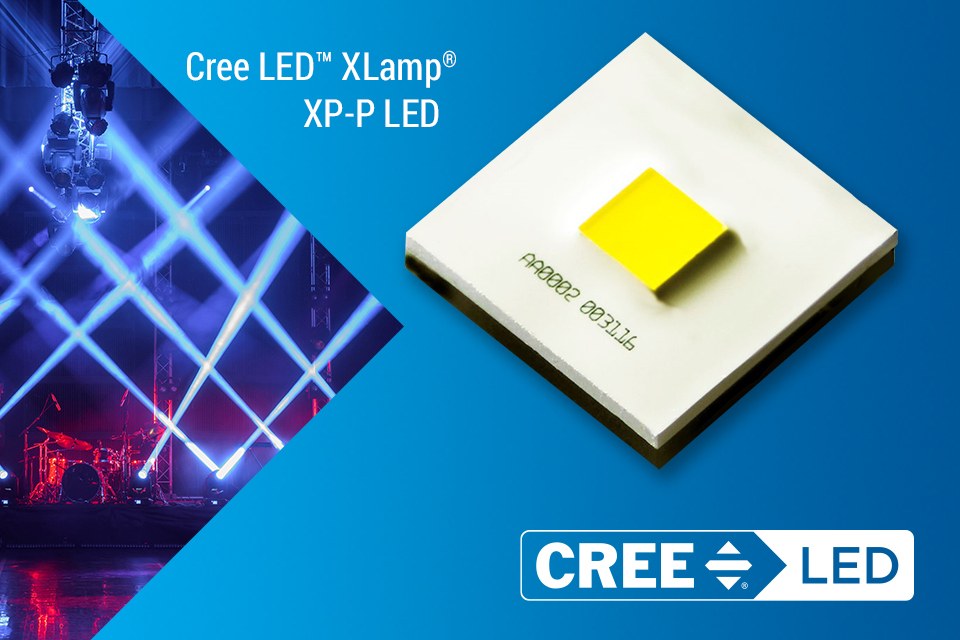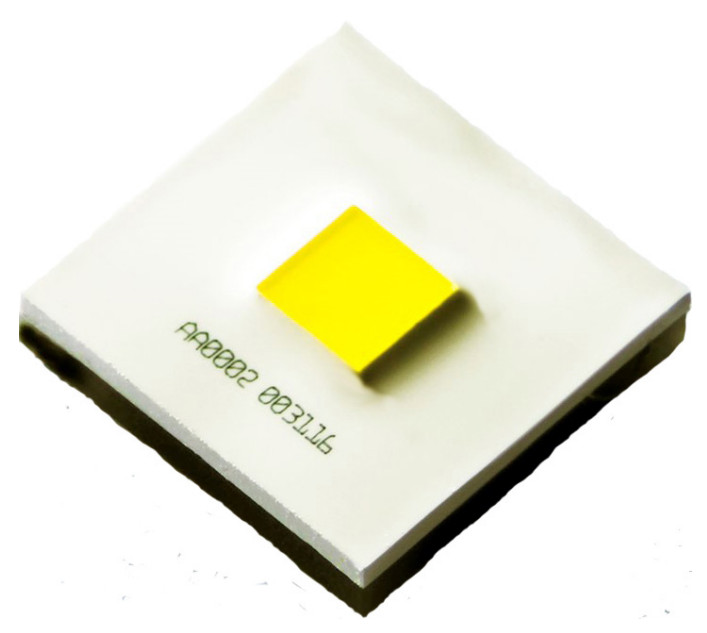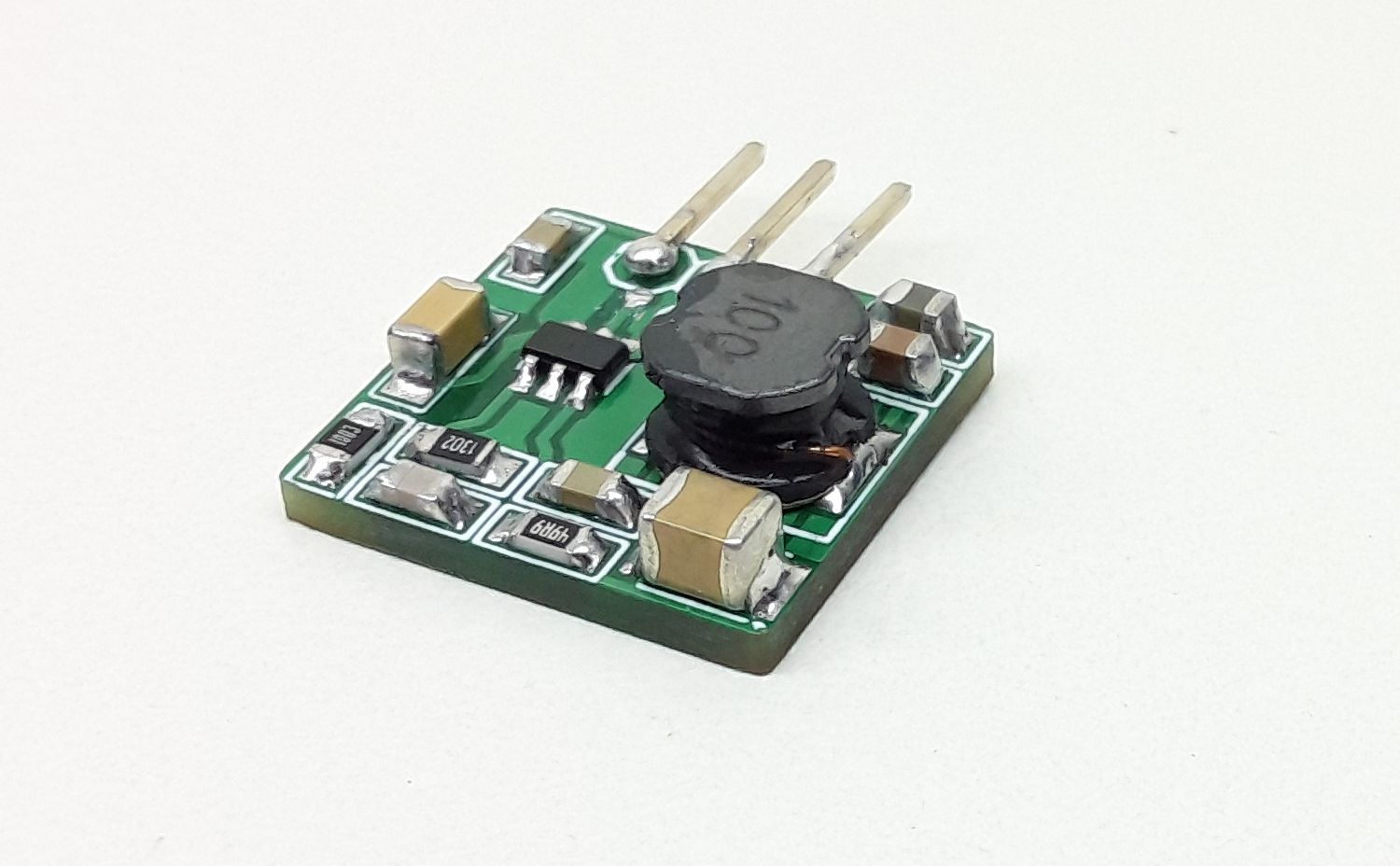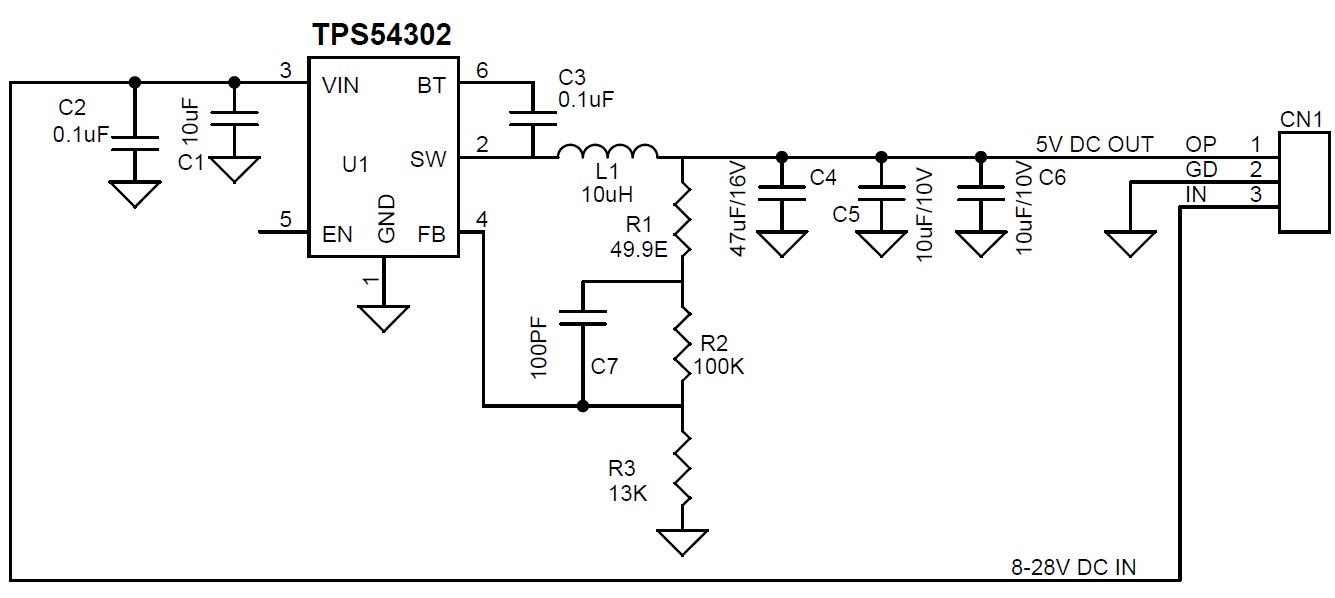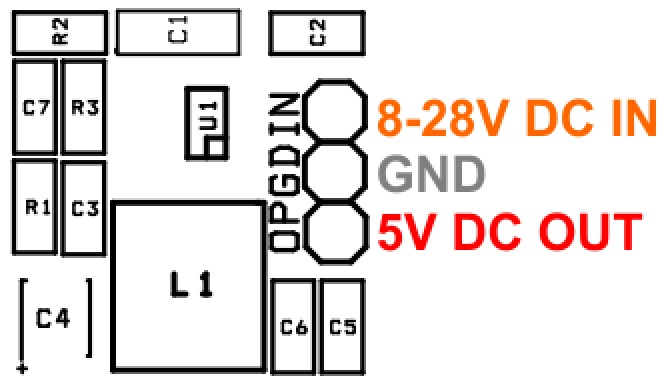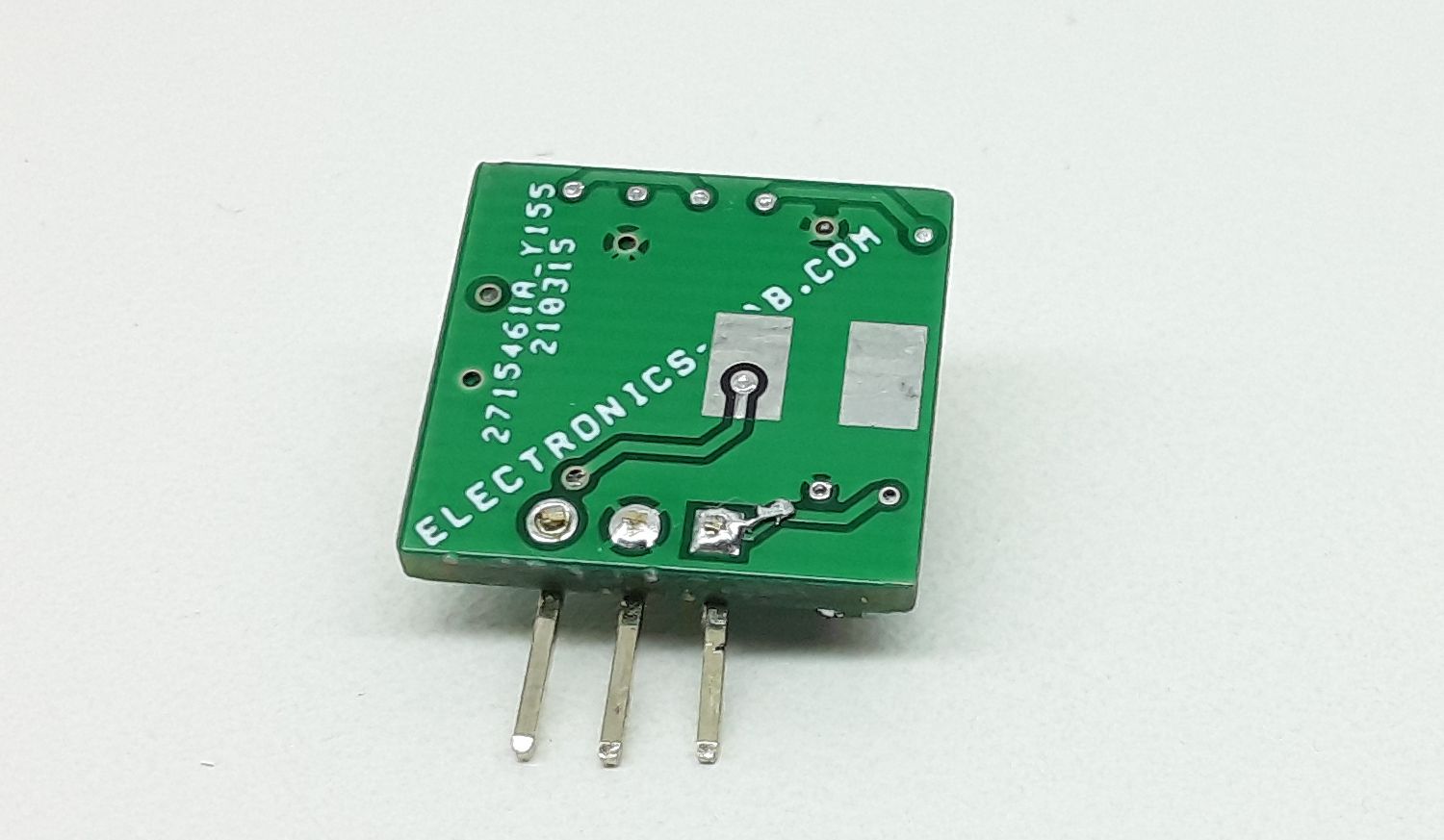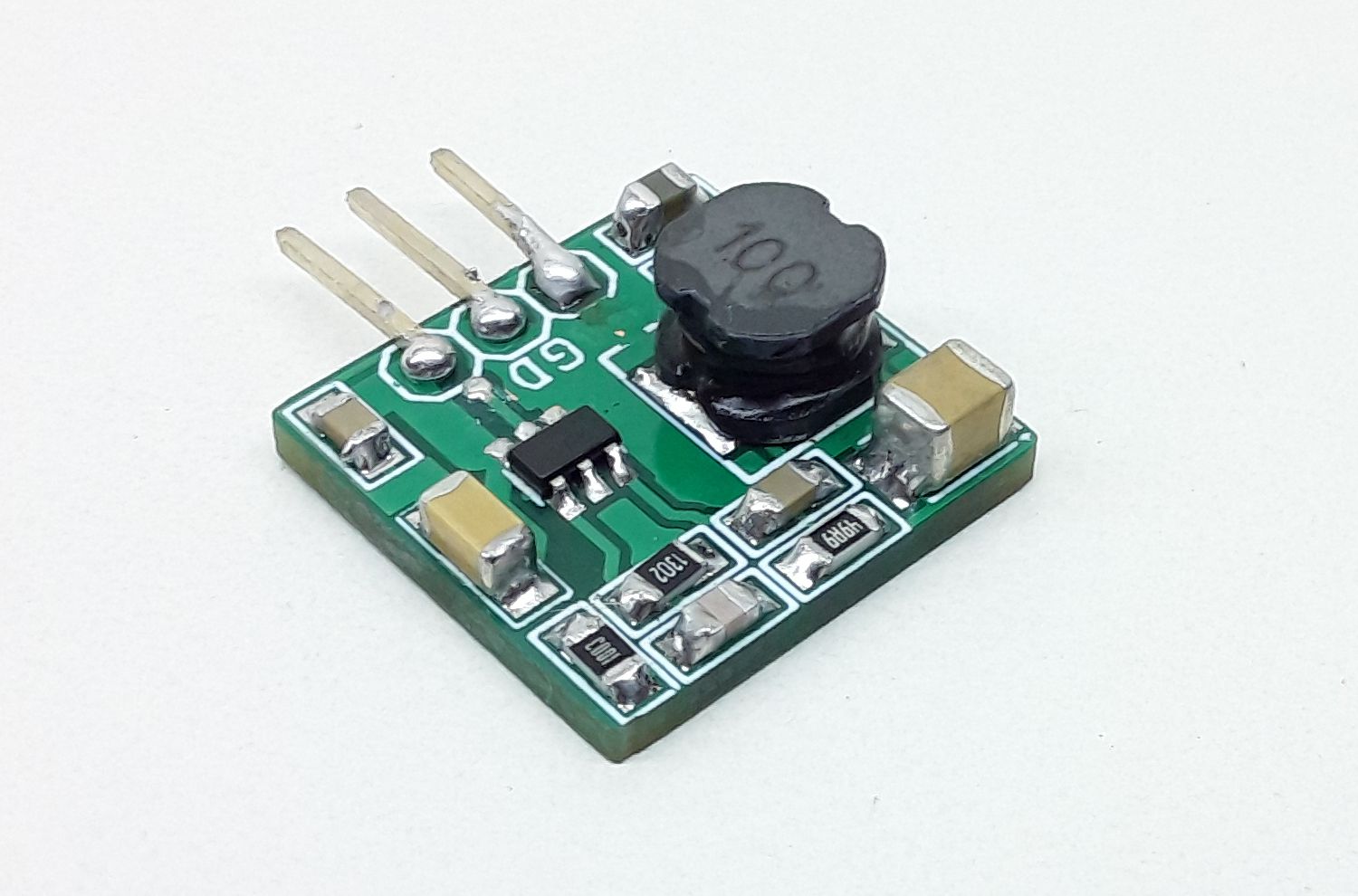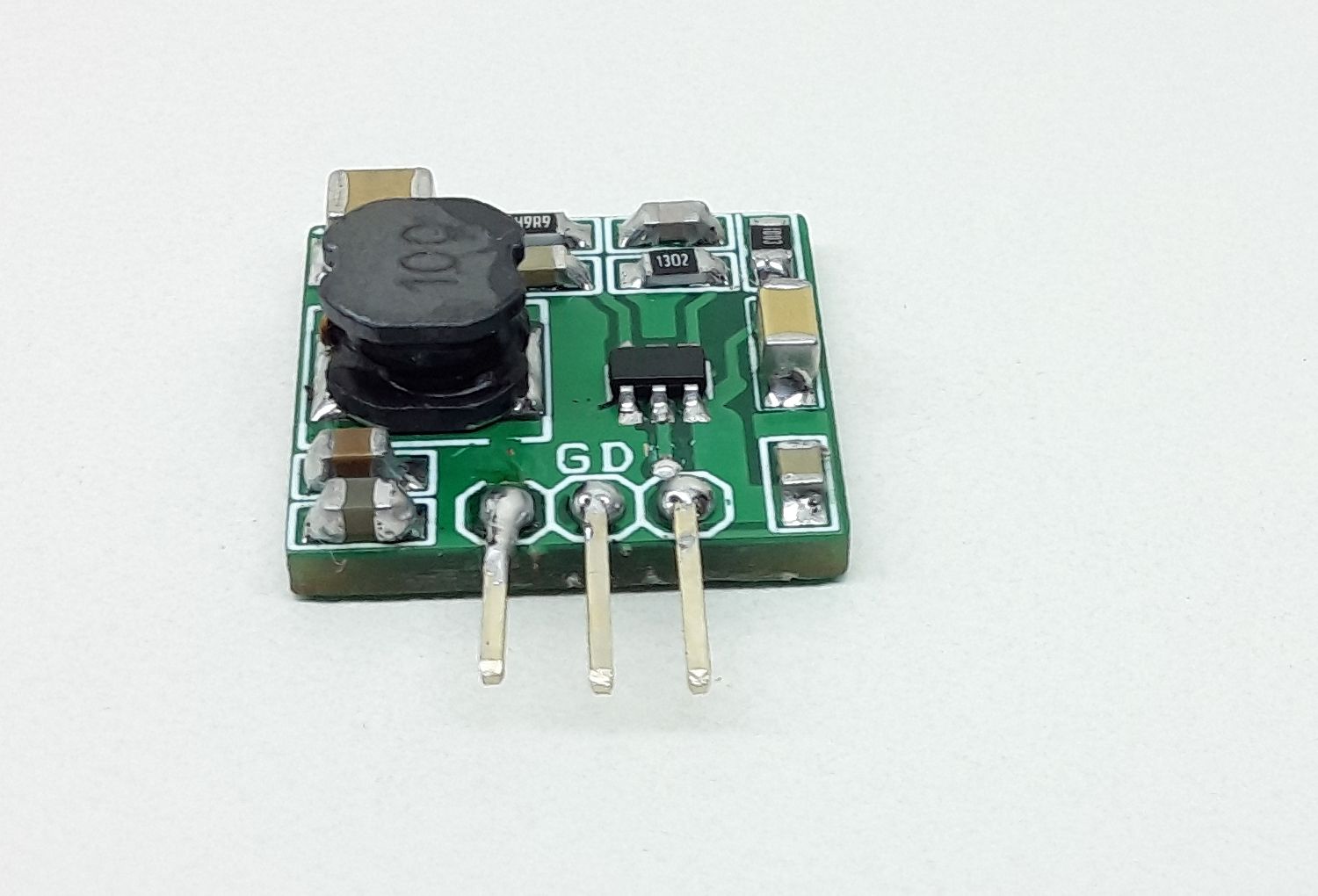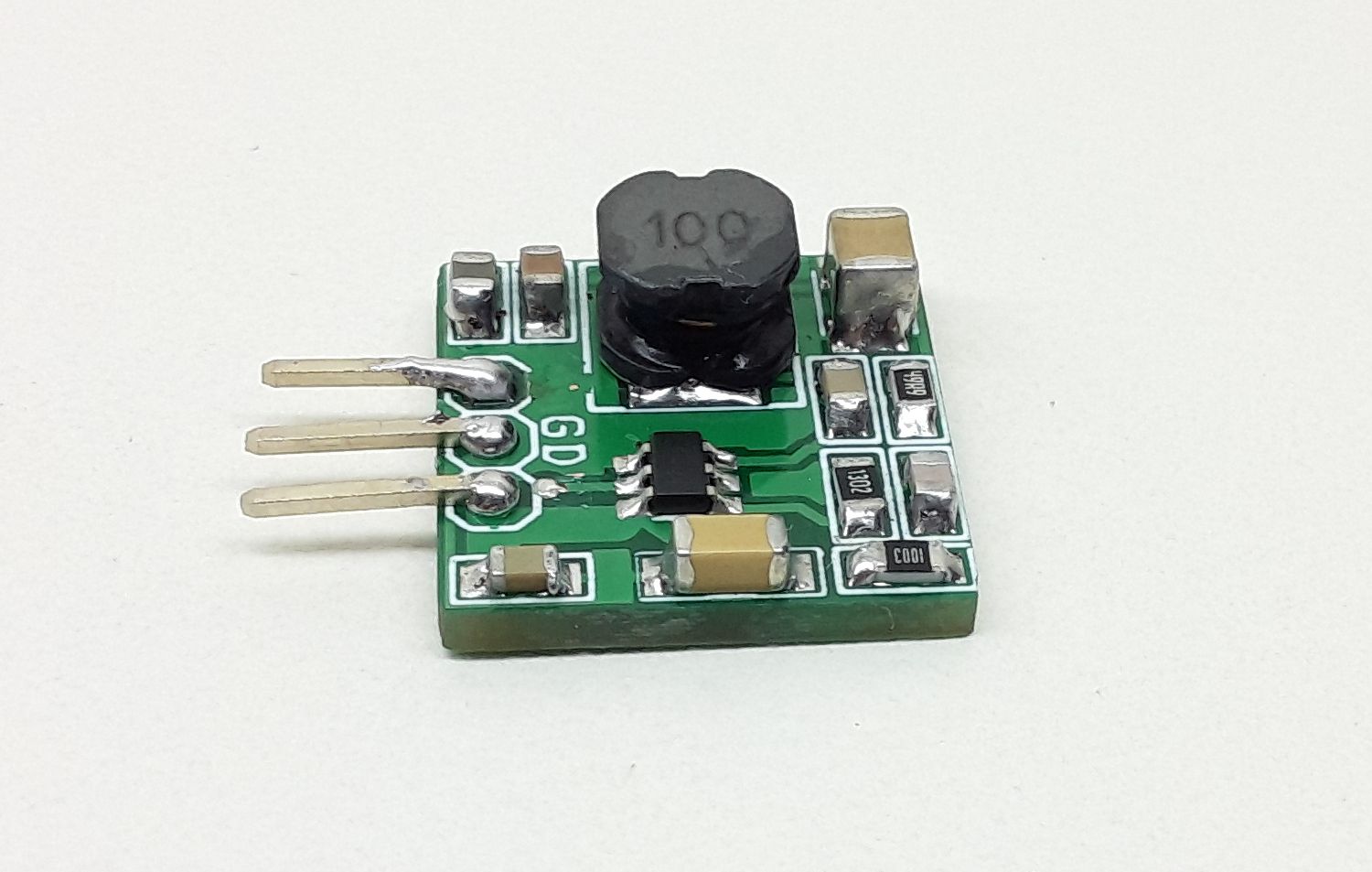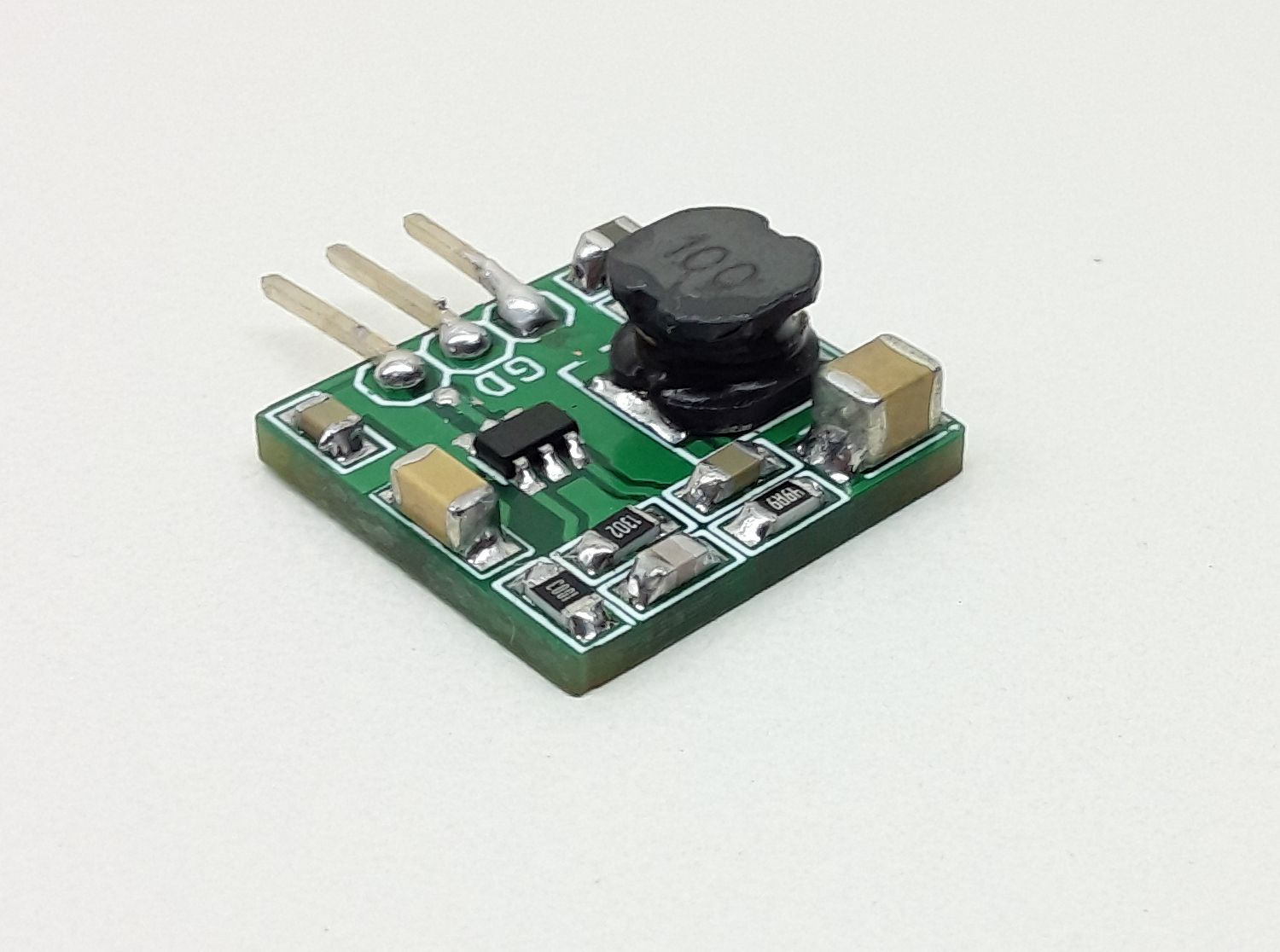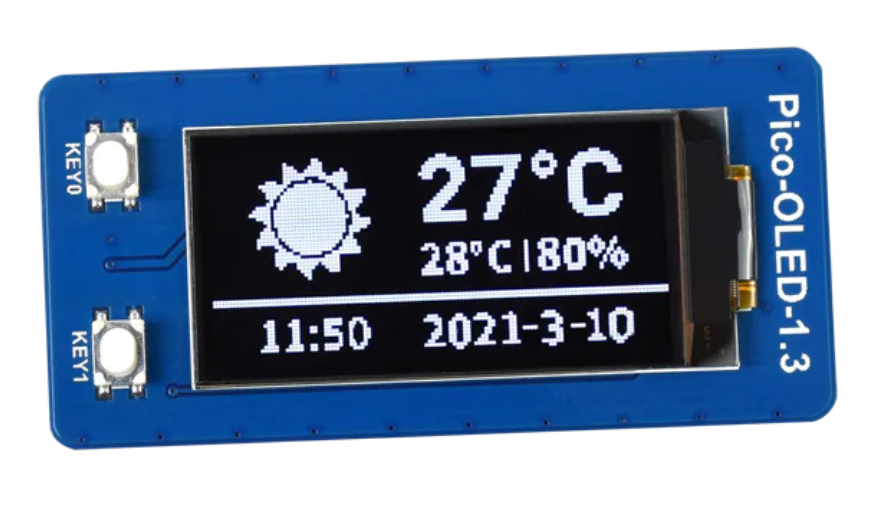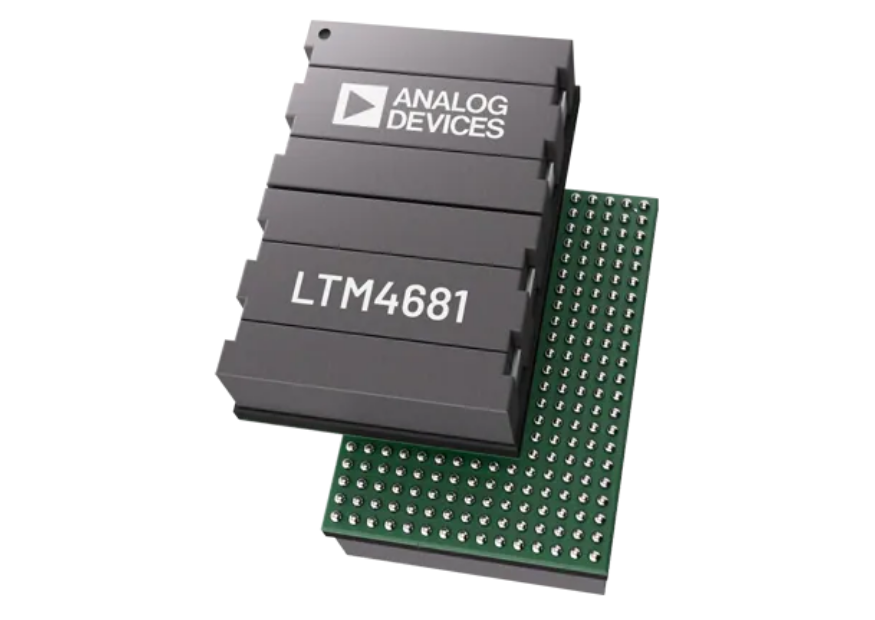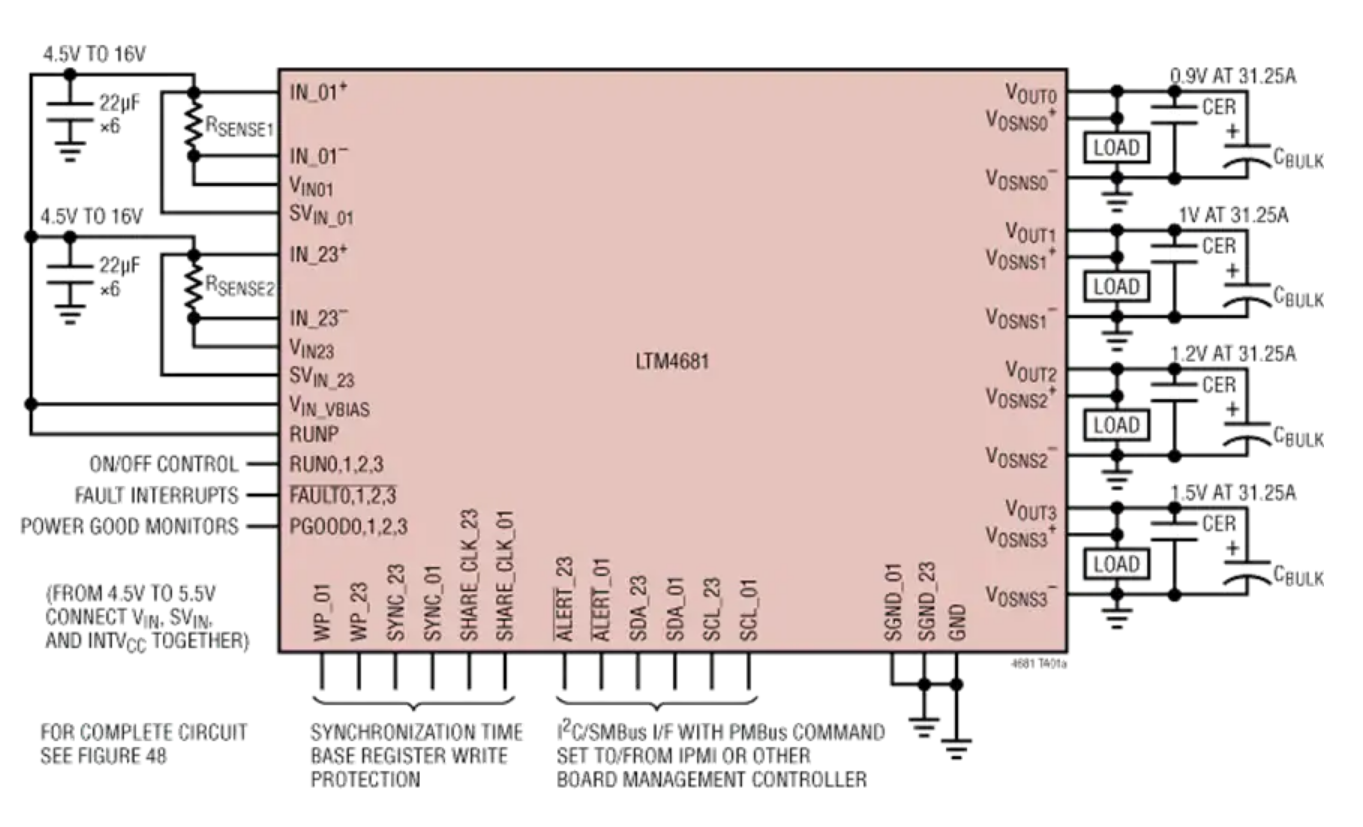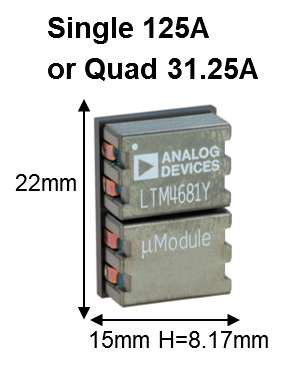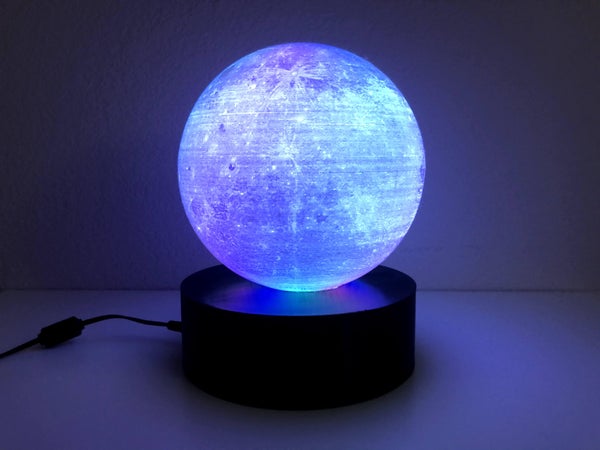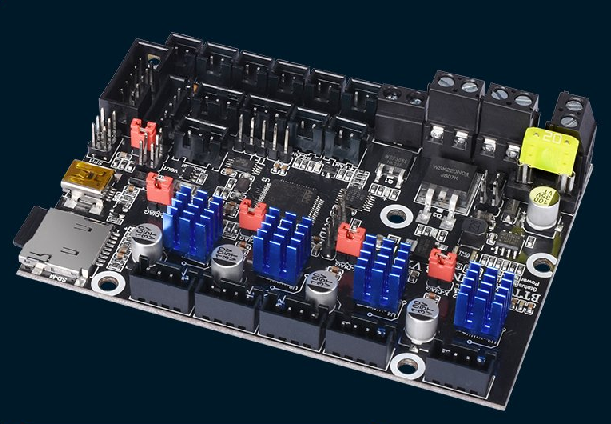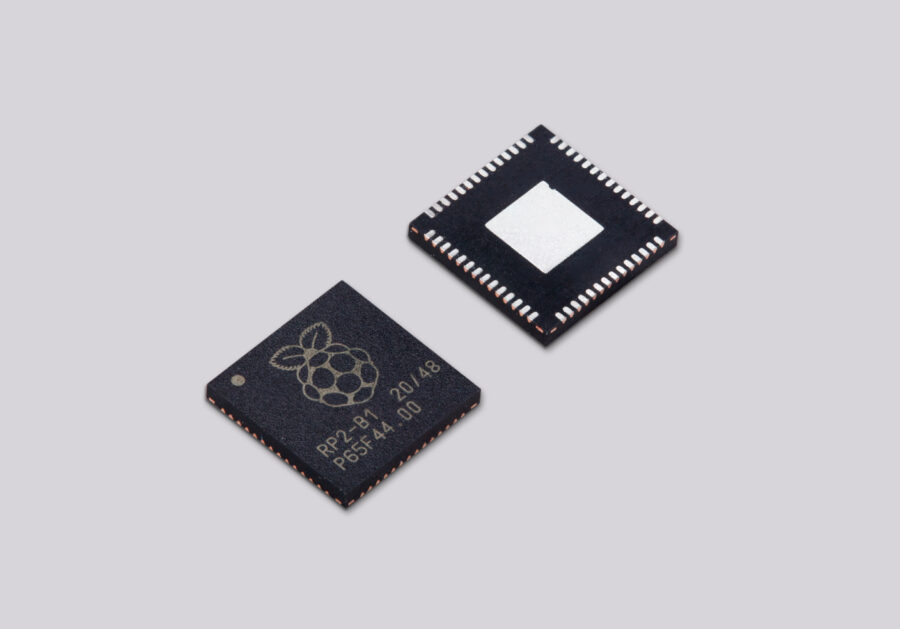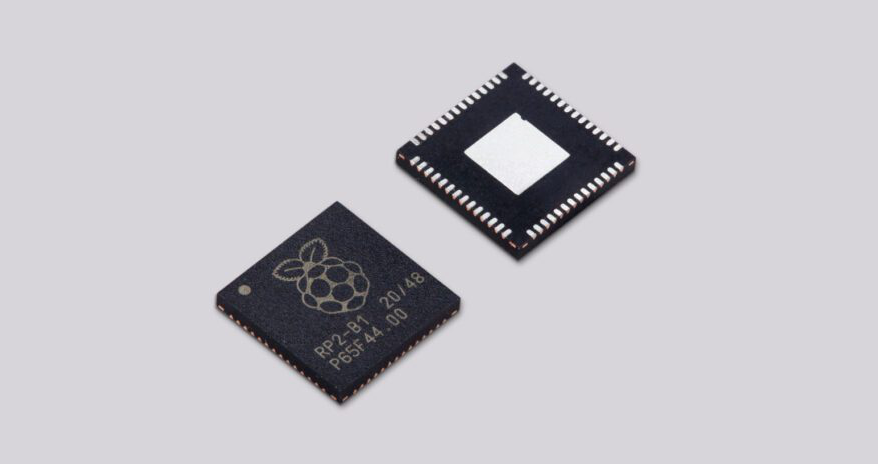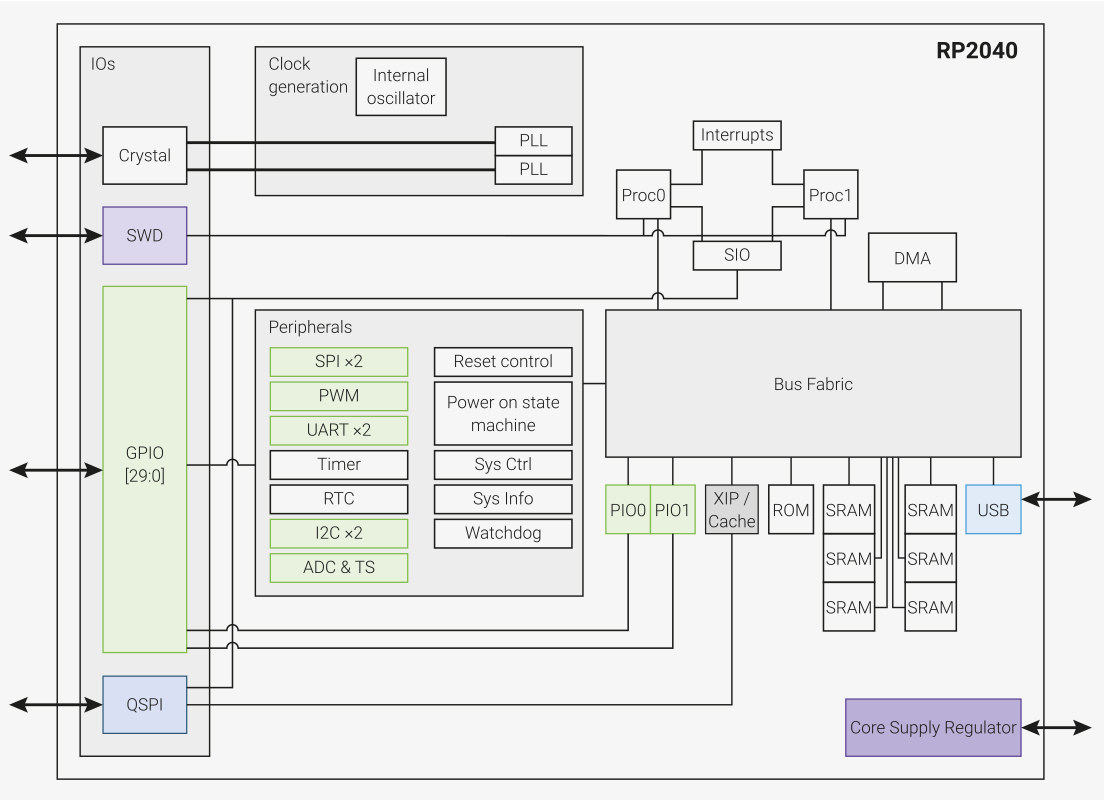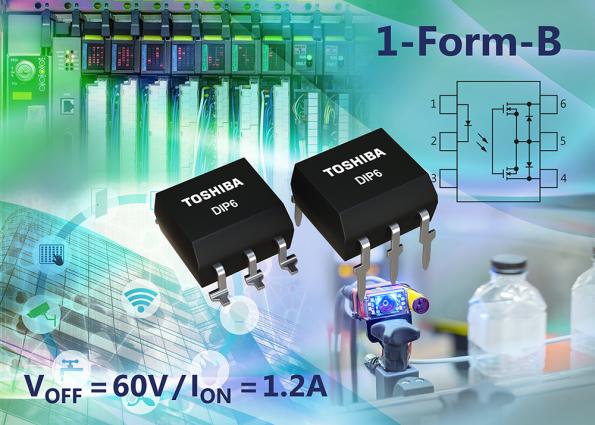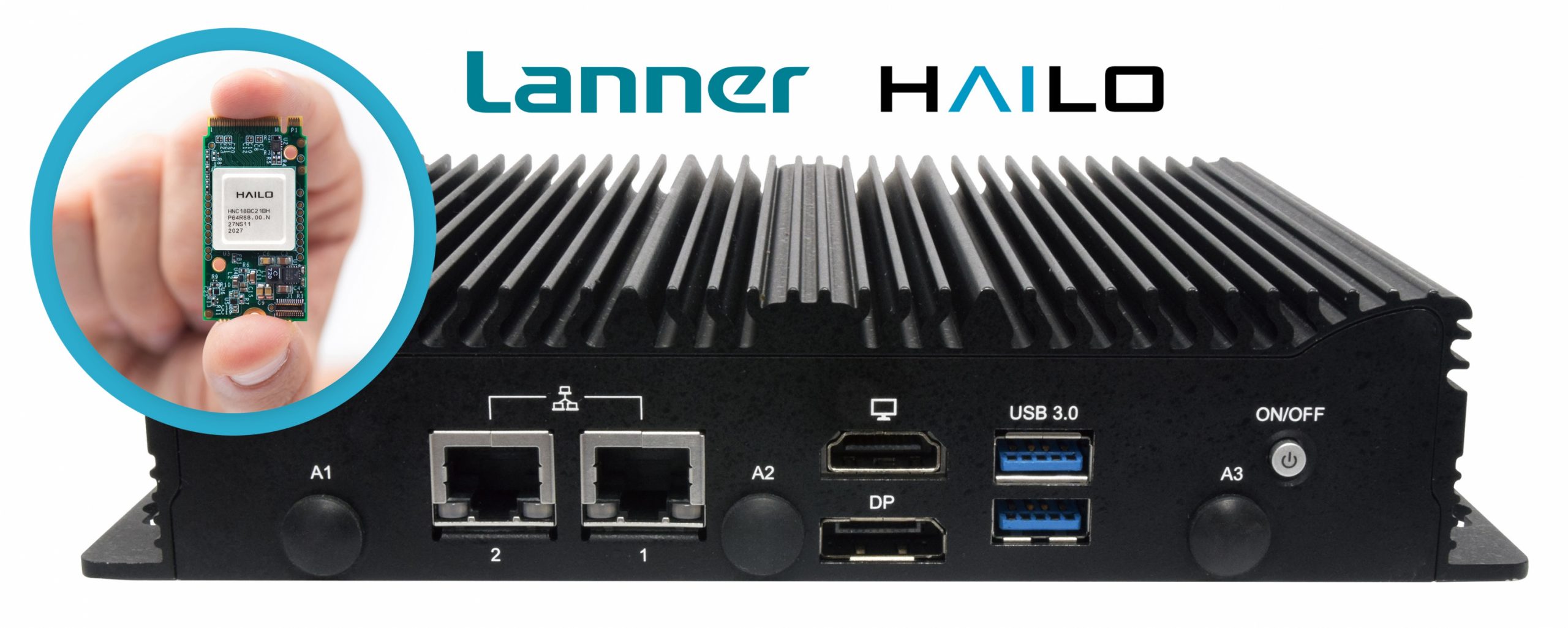
Lanner’s Edge Computing Appliances, Combined with the Hailo-8™ AI Acceleration Module, Offers the Highest Performance, Lowest Power, and Most Cost-Effective Edge AI Hardware Solutions for Smart Cities, Smart Retail and Industry 4.0
Leading AI (Artificial Intelligence) chipmaker Hailo announced today its partnership with Lanner Electronics, a global leader in the design and manufacturing of intelligent edge computing appliances, to launch groundbreaking AI inference solutions for real-time computer vision at the edge. Hailo has combined its Hailo-8™ AI acceleration module with Lanner’s edge computing boxes to create these high-performance, compact devices to support the demands of emerging AI applications at the edge.
Smart cities, retail, and industrial operations require hundreds of cameras generating video streams that need to be processed locally, quickly, and efficiently with minimal latency. Scaling AI to meet this challenge requires ultra-high performance and easy to deploy solutions, which this joint offering provides.
Lanner’s LEC-2290 edge box pairs an x86 CPU with the Hailo-8 AI module to produce a solution capable of optimizing demanding edge workloads and accelerating time-to-market for AI deployments. Lanner’s low-footprint LEC-7242 industrial wireless gateway integrates the Hailo-8 into a fanless, efficient appliance for real-time applications powered by AI at the edge. Both solutions process multiple video streams in real-time on a single device, while securely transmitting curated metadata and insights with robust onboard network connectivity.

Lanner’s modular approach to network appliances provides a clear path for engineers looking to optimize neural processing workloads. Integrated with Hailo’s AI module, Lanner’s fanless Edge AI computers enable mission-critical applications such as video analytics, traffic management, access control, and beyond.
“Our expertise in creating effective purpose-built hardware platforms, combined with Hailo’s unparalleled AI module performance, will provide industries with a reliable vision-based solution that is low power, low latency and cost-effective,” said Geoffrey Egger, VP and GM of Lanner Intelligent Edge BU. “We are confident that together, our vision inference solutions will enable industries ranging from smart retail to smart cities to push computing to the edge.”
Hailo’s specialized Hailo-8™ AI acceleration module delivers unprecedented performance to edge devices. Featuring up to 26 Tera Operations Per Second (TOPS), the module is built with an innovative architecture that enables edge devices to run sophisticated deep learning applications that could previously only run on the cloud. Its advanced structure translates into higher performance, lower power, and minimal latency, enabling enhanced privacy and better reliability for smart devices operating at the edge.
“Lanner’s hardware platforms bring proven reliability, with a purpose-built design that can withstand the distinct challenges of the industrial edge. Combined with the Hailo-8 AI module, the joint solution provides unmatched AI performance that is more powerful, scalable, and cost-efficient than competing solutions,” said Orr Danon, CEO and Co-Founder of Hailo. “We look forward to seeing the positive impact that our collaborative platform will have on rapidly evolving sectors including smart cities, smart retail, industrial IoT, and beyond.”
More information about the bundle solution can be found here.

